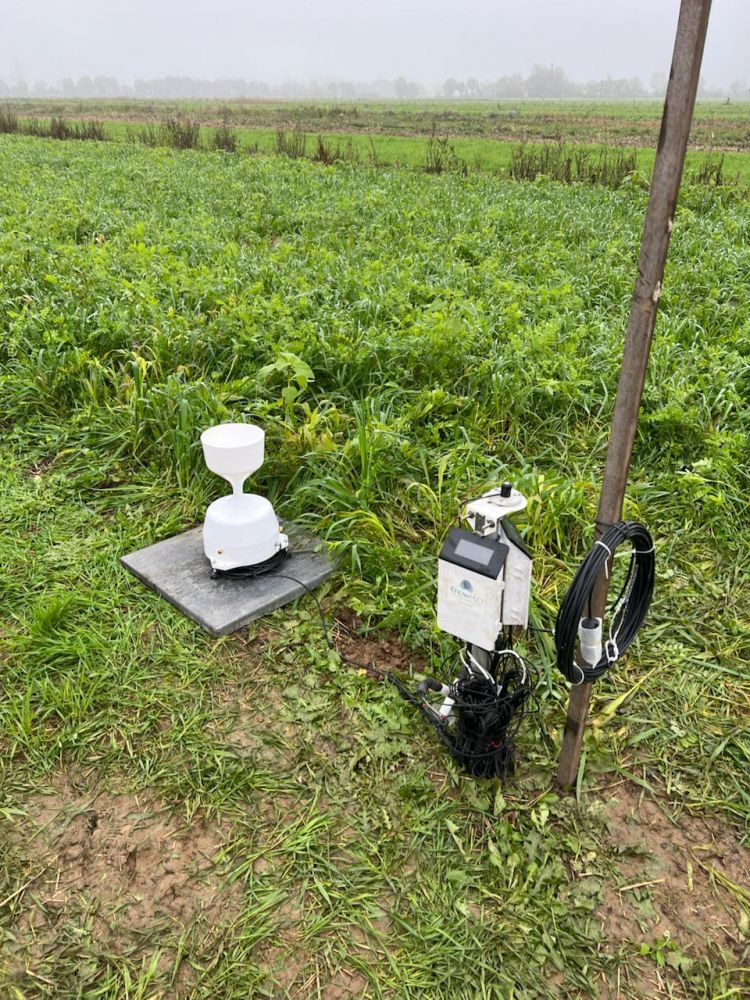Nitrogen measurement and analysis system
Work Package III.III.

Long-term over-fertilization in agriculture endangers groundwater quality and soil health and contributes (to a small extent) to greenhouse gas emissions (CO2, N2O). Not only with regard to the groundwater quality required by the EU Water Framework Directive (WFD), which is often not met, but also with regard to the stringent requirements of the upcoming Soil Health Act, the costly, episodic laboratory tests…
Read more:
Long-term over-fertilization in agriculture endangers groundwater quality and soil health and contributes (to a small extent) to greenhouse gas emissions (CO2, N2O). Not only with regard to the groundwater quality required by the EU Water Framework Directive (WFD), which is often not met, but also with regard to the stringent requirements of the anticipated Soil Health Act, the costly episodic laboratory tests of certified environmental analysis laboratories will have to be replaced by faster and simpler analytical methods in the field, sometimes during ongoing operations. The determination of mineral nitrogen content in the form of NH4+ (ammonium) and NO3- (nitrate) is an essential component.
In this work package, we focus on the measurement of nitrate. Since the input of nitrate beyond the current uptake capacity of plants endangers the drinking water supply from groundwater and this over-fertilization simultaneously represents an unnecessary financial loss for the farmer, a measurement method for detecting nitrate transport via soil water into deeper soil layers (> 0.5 m) is being developed in addition to near-surface measurements (e.g. with LIPS). The challenge is to build a small, compact nitrate probe that can remain in the soil for at least one season (ideally completely buried) and is capable of determining the nitrate content in the soil water. To do this, this small analysis laboratory must first extract the soil water and then feed it to the analyser.
The State Office for Nature, Environmental and Consumer Protection (LANUV) of the state of North Rhine-Westphalia has approved five methods for nitrate determination and must be used by certified laboratories. The two most commonly used laboratory measurement methods are liquid ion chromatography (DIN EN ISO 10304-1) and photometric determination (DIN 38405-9). However, neither of these DIN methods can be miniaturized and cannot be used for the planned mini-probe. Other analytical methods for nitrate determination include ion-selective electrodes and UV spectroscopy combined with fluorescence spectroscopy (Israeli patent, possible collaboration), which we will evaluate. In addition, we plan to work with international specialists (Colombia, USA) to produce ion-selective activated surfaces and combine them with microfluidics. In summary, the challenges are: identifying and developing a suitable analytical method, implementing soil water extraction, low-power design for battery operation, wireless transmission of measurement data from the soil, and a wireless beacon for locating the devices buried in the soil.